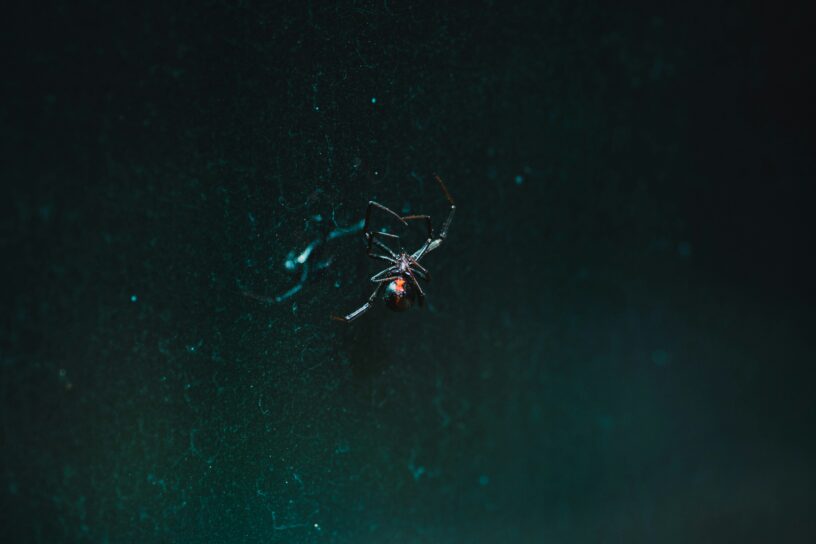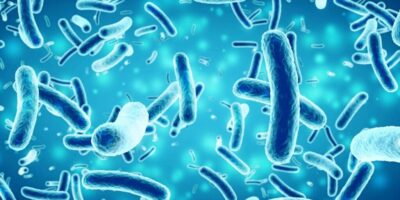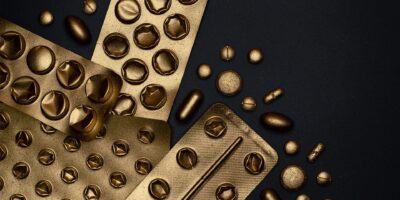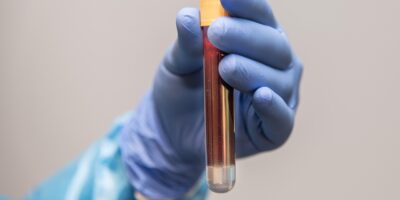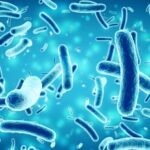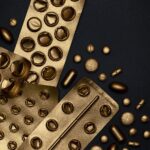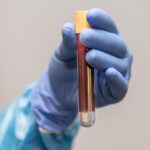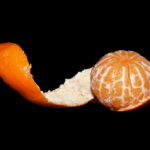Introduction
Scientists have always been inspired by the wonders of nature, and natural adhesives created by living organisms that can be controlled with such detail and mastery have constantly attracted scientists involved in the field of materials science. Although bioinspired materials have developed significantly throughout the years, none have ever truly reached the mastery of that of spiders—who can pick specific protein domains to control the malleability, elasticity, and stickyness of their spun fibers. It seemed like a pipe dream for a long time, the concept of it only being confined to natural organisms or superheroes. Being able to produce such silk would open up a realm of possibilities in terms of robotics, remote object retrieval, material recovery, and biomedical engineering.
Background
For centuries now, silk from the Bombyx moth (commonly known as the domestic silk moth) has been used in the textile industry and as medical sutures. Its usage throughout the world has only increased, being applied in fields like tissue engineering and regenerative medicine—and its abundance in raw materials only increases its popularity. Scientists have noticed the similarities in properties of silk from B. mori and spider silk, except it lacks the intrinsic, tunable characteristics that spider silk has.
Main Research
The primary element within B. mori silk is silk fibroin, and essentially acts as the “building blocks” in silk. They are made up of glycoproteins that are linked by disulfide bones, which are proteins with sugar chains linked together by covalent interactions. These covalent protein interactions give the silk its strength, flexibility, and durability. What makes silk fibroin extremely popular is the fact that it can undergo sol-gel transition when exposed to organic solvents, such as methanol, ethanol, isopropanol, or in this case, acetone. This sol-gel state is a process where a polymeric liquid turns into a solid, but maintains some flexibility that solids usually don’t have. For example, turning a liquid jello mix into firm, solid jello in the fridge. It initially starts off as a liquid (sol), but as it remains in the fridge it begins to turn semi-solid (gel), with newfound structure but still some give. The problem is that it takes several hours for the silk to form this “hydrogel” state.
It was then thought that by adding dopamine (DA) into the solution, it would help to speed up the sol-gel transition to create a hydrogel state rapidly. Dopamine molecules are present in mussel glue, and are the reason for mussel glue adhesion and cohesion. It was found that by adding dopamine monomers to the regenerated silk fibroin (RSF) solution, it would accelerate the hydrogel formation process. Instead of waiting several hours for the hydrogel fibers to be precipitated from the silk fibroin, there would be almost instantaneous formation. How this occurs is that dopamine is a catecholamine, which means in its reduced state it is a catechol. Catechols have two neighboring hydroxyl groups that readily interact with surfaces through hydrogen bonding, which help it form strong bonds with various surfaces. When dopamine is added to the silk fibroin solution, it readily interacts with the fibroin proteins, causing them to stick together. To observe the chemical bonds related to dehydration and β-sheet formation in silk fibroin upon dopamine addition (which is the more solid, stable structure of the fibers), researchers used FTIR (Fourier Transform Infrared Spectroscopy) to analyze and confirm the structural changes.
Although the addition of dopamine is crucial for fiber formation and speeds up the process, it creates fragile, brittle, and non-flexible fibers. To improve the mechanical strength and reduce stiffness within the fibers, the researchers thought to add fillers, such as chitosan and borate buffer, into the RSF_DA solution based on its already known benefits from previous experiments. Chitosan is known for its ability to form strong molecular bonds with other materials. By adding chitosan, it was able to increase the flexibility and improve tensile strength and elongation of the hydrogel fibers—making it able to experience more stress and stretch, reducing its likeliness from breaking under a heavy load. Researchers also thought to add Borate Buffer (BB) due to its well-known ability to increase adhesions and stretchiness within hydrogels that contain catechol groups. The borate ions form temporary, dynamic bonds with the catechols, which form borate-catechol complexes. These complexes improve overall adhesiveness of the fibers by forming stronger bonds with various surfaces. The addition in borate buffer therefore improved overall tensile strength, as well as stretchability of the fibers. SEM (Scanning Electron Microscopy) was the technique used by researchers to observe the surface and internal morphology of the adhesive fibers, which gave insight into how the fillers affected the composition of the fibers.
Finally, the last step was to bring it all together and spin the fibers in air. Researchers used a coaxial needle setup, which is a double-layered needle with two channels: one for RSF_DA solution, and another for the acetone bath. The pump on the setup simultaneously pushed out the RSF_DA solution and acetone, so once the the RSF_DA solution exited the needle and encountered acetone, it would go from a liquid to rapidly transforming into a gel-like solid fiber in mid-air. To demonstrate the capabilities of this system, multiple items ranging in weight were used to be grabbed from a distance away. They tested the device on a silk cocoon, a scalpel blade, a wet plastic object, a steel bolt weighing 2 grams, and a block of wood weighing 5 grams at a distance of 12 centimeters away. It was found that the fibers were able to carry objects more than 80 times their own weight. For light objects with a larger surface area, a composition of RSF-DA with chitosan and RSF_DA with BB both worked to grab the object. For lighter objects with smaller surface areas, a composition of RSF_DA_BB was found to work better, and for heavier objects with larger available surface areas, a composition of RSF_DA_chitosan worked best for retrieval.
Conclusion
This is the first ever successful research attempt to be conducted that has generated fibers that are formed instantaneously to retrieve objects from a distance at will. Imagine the precision required for grabbing a delicate object or retrieving items out of reach. This technology not only simplifies everyday tasks, but significantly improves bigger tasks, such as search and rescue operations, where every second counts, or handling fragile biological samples that could cause serious harm if released. With the newfound knowledge of being able to mimic the curious nature of spider threads, it paves the way for technological applications that could have only been dreamed of before.
Cover photo by Jared Subia on Unsplash
Journal Article: M. L. Presti, M. Portoghese, G. M. Farinola, F. G. Omenetto, Dynamic Adhesive Fibers for Remote Capturing of Objects. Adv. Funct. Mater. 2024, 2414219. https://doi.org/10.1002/adfm.202414219
